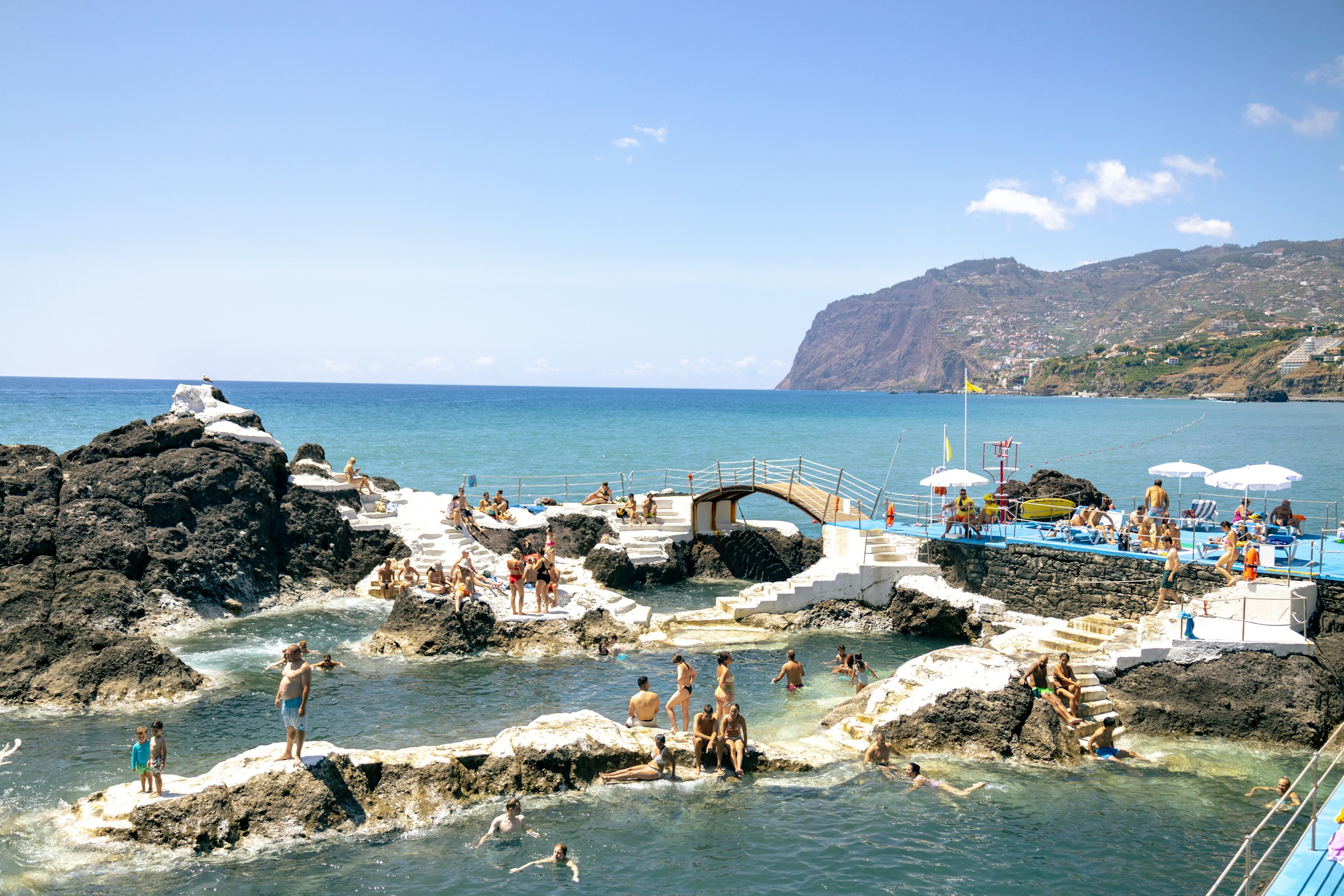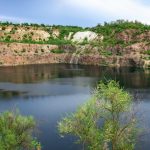The popularity of natural swimming pools is on the rise in the UK. The allure of these pools lies in their combination of swimming area with a water garden. Not only are they a joy to behold, but they’re also better for the environment than traditional chlorinated pools. If this idea interests you, we’ll walk you through the process of building your own natural swimming pool in your garden.
The Concept of a Natural Swimming Pool
A natural swimming pool, sometimes referred to as a natural pond, functions differently from a traditional swimming pool. Instead of relying on chlorine or other chemicals to keep the water clean, a natural pool utilises a system of plants and gravel to filter and purify the water.
A lire en complément : What is the impact of pool size on maintenance costs in the UK?
Creating a natural swimming pool involves a two-part design. The first part is your swimming zone, and the second is your regeneration zone. The swimming zone is where you’ll be able to swim and enjoy the water, while the regeneration zone is filled with plants that naturally filter the water and keep it clean.
Planning and Designing your Natural Pool
Before you start digging up your garden, you need to have a clear plan in place. The size of your pool, as well as the ratio between the swimming zone and the regeneration area, are important considerations. The regeneration area should be at least equal to, or ideally larger than, the swimming area. This will ensure that you have enough plants to keep your pool clean.
A découvrir également : How often should you test the water quality in your UK home swimming pool?
As for depth, your swimming area should be at least 2 metres deep to prevent plants from taking over. The regeneration zone can be much shallower, around 1 metre deep or less.
When considering your pool’s shape, think about how it will fit into your garden’s overall landscape. Remember, this is not just a pool; it’s a focal point of your garden that should integrate seamlessly with its surroundings.
Building the Pool
The first step in building the pool is to mark out the area where it will go. Then, you’ll start digging. The excavation process can be labour-intensive, but it’s worth the effort. Once the hole’s dug, a pond liner is installed to keep the water in place.
The bottom of the pool is covered in a layer of soil mixed with clay to provide a natural bed for the plants. The swimming zone is then separated from the regeneration zone using a wall made of stone or another natural material. The wall should be built high enough to prevent plants from spreading into the swimming area but low enough to allow water to flow over it.
Installing the Filtration System
Filtration is a crucial aspect of a natural swimming pool. The principal components of this system are the plants, the gravel, and a biological filter.
The regeneration zone is filled with plants that act as natural filters. These can include water lilies, reeds, rushes, and irises. The roots of these plants remove harmful substances from the water, helping to keep it clean.
The gravel bed is another key filtration component. The water is drawn through the gravel, and the microorganisms that live there break down any remaining impurities. A pump keeps the water circulating, helping to further keep it clean.
Maintaining your Natural Swimming Pool
Once the pool is built and the system is in place, maintenance is fairly simple. Regularly prune your plants to prevent them from taking over the regeneration area, and skim the pool surface to remove any debris.
The water’s quality should be checked regularly, especially during the first few months. If you notice the water is not as clean as it should be, you may need to adjust the balance of plants or add more gravel to increase filtration.
Creating a natural swimming pool in your garden is a significant project, but the rewards are worth the effort. Not only will you have a beautiful and unique feature in your garden, but you’ll also have a place to swim that’s in harmony with nature. So, gather your tools, roll up your sleeves, and start planning your natural swimming pool today.
Urban Water Management and Natural Pools
Natural swimming pools not only add beauty to your home but also contribute to urban water management. These pools can store rainwater, reducing the runoff that can lead to flooding. Additionally, the filtration system used in natural pools can help replenish groundwater by facilitating the filtering of rainwater back into the soil.
The aquatic plants used in the regeneration zone play a crucial role in the water cycle. They absorb water during the rainy season, reducing the possibility of flooding in your garden. These plants return the moisture back to the atmosphere through a process called transpiration. This creates a mini water cycle within your garden, which is beneficial for the environment.
The urban water management benefits of natural swimming pools are starkly contrasted with the adverse effects of traditional swimming pools. Chlorinated pools often cause water wastage due to the need for frequent water changes. Moreover, the chemicals used can contaminate groundwater, leading to various environmental problems.
Completing Your Natural Swimming Pool
Before you reap the benefits of your natural pool, ensure all steps have been completed correctly. Check the pool liner for any potential leaks and make sure your filtration system is working efficiently. The plants in the regeneration zone should be well-rooted and ready to filter the pool water.
Once everything is set, you can fill the swimming area with water. It’s recommended to use rainwater or groundwater if possible. Tap water can be used but remember to dechlorinate it first, as chlorine is harmful to the aquatic plants and microorganisms in your pool.
After filling the pool, you’ll need to wait for the water to clear before you can start swimming. This can take anywhere from a few days to a couple of weeks, depending on the effectiveness of your plant zone and gravel bed.
Conclusion
Constructing a natural swimming pool is not just about creating a beautiful feature for your garden. It’s an opportunity to create an environmentally-friendly space that functions in harmony with nature. The process may seem complex, but with careful planning and execution, you can successfully build a natural swimming pond that will not only provide you with a unique swimming experience, but also contribute positively to urban water management.
Remember, patience is key when embarking on this project. From marking out the area to waiting for the water to clear, each step is critical to the success of your natural pool. Don’t rush the process, and before you know it, you’ll be able to dive into your very own natural swimming area.
In a world where environmental consciousness is increasingly important, natural swimming pools step up as a sustainable and aesthetically pleasing option. Whether you’re an experienced DIYer or a beginner, the rewards of creating this natural oasis are worth every effort.
















